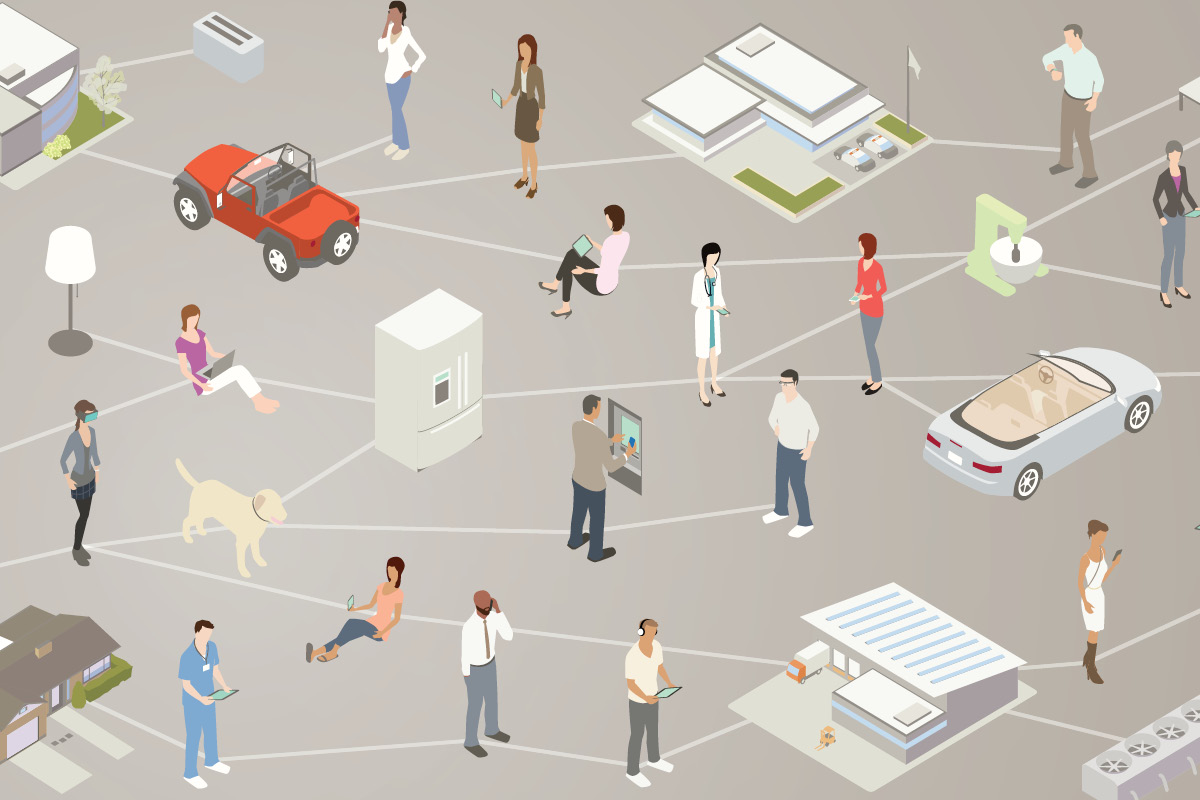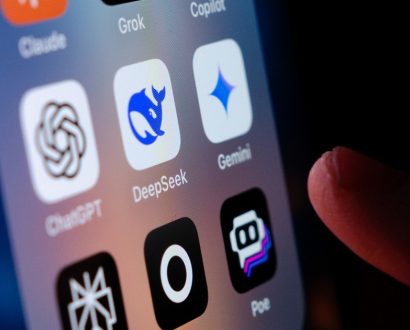What would happen if everything in the world that matters was connected? This is just what the IoT revolution promises to deliver.
The huge worldwide effort to get everything connected is producing some really good things. Like at the Port of Hamburg, which handles more than 8,000 trucks per day, 10,000 ships and 9 million containers annually.
Their IoT solution connects ships, containers, trucks, trains, bridges and traffic control systems, to feed a huge amount of relevant, real-time data into a sophisticated control centre. The Port is now on track to meet expected annual cargo volume by 2025 of over 18 million containers, without any increase in the size of the city-locked port itself.
But we’re also seeing some bad things. Leading into Christmas 2015, 2 power distribution companies in Western Ukraine left more than 80,000 people without power for over 3 hours.
So here’s an overview of just how much its being ‘connected’, and why it’s both a cause for celebration – and alarm.
We are connecting big things:
-
Planes
Jet engines connected to virtual maintenance planning teams
-
Trains
Monitoring carriages and messaging passengers to tell them where there is more space; automatically scanning the tracks for faults
-
Automobiles
Autonomous vehicles like the RAC Intellibus™ service being trialled in Perth; or the driverless dump trucks being used in mining
-
Cities
Smart parking stations, street lighting and waste bins.
Small things:
-
Raspberry Pi
A credit card sized computer that runs on Linux, which can be used to build robots
-
Wearables
Vue Smart Glasses that use bone conduction audio technology to deliver music to your inner ear; bionic glass chip implants to make payments or operate locks based on your identity.
Fast things:
-
F1 race cars
With an average of 150–300 sensors on board, modern F1 cars produce a torrent of data, enabling teams to run simulations to determine race strategy for everything from a tire change to an overtaking attempt
-
Warplanes and military drones
Now connected via satellites and able to sense threats and map the battlespace in real time.
Things that don’t move anywhere:
-
Bridges, roads, and buildings
Monitoring asset health and helping intelligently maintain them. For example, there are over 2,400 sensors installed on the Sydney Harbour Bridge monitoring 800 steel and concrete supports, enabling Roads & Maritime Services to keep our beloved ‘coathanger’ in good shape.
Living things:
-
We’re tagging sharks, penguins and other vulnerable animals
To track and learn about their behavior
-
Ingestible sensors that monitor your inner health
Like the state of your arteries or conditions in your stomach.
Everyday objects in and around your home:
-
Check out August
A new smart lock system you can control from your smartphone, that will let you grant a digital key to online retailers
-
Remote-controlled security, heating, cooling
Philips Hue lets you control your light bulbs – on/off; red, white or blue.
And the things you love can be connected too:
- Like your kids
- Your car
- Your grandma and grandpa.
Of course, there are lots of things we don’t like – being locked up, getting sick or getting old.
But IoT can help here too:
-
Prisoners
Monitoring health inside and location/proximity outside
-
Patients
Enabling recovery at home
-
Elderly
Enabling us to live safely at home for longer.
Agriculture
There are lots of elements of any IoT solution that need to be pulled together. But everything involved is getting cheaper. A great example is the Libelium-Cumulocity Smart Agriculture Solution Kit, available in Australia for around $6,700. This kit enables monitoring of environmental parameters in agriculture, vineyards, greenhouses or golf courses.
The kit has sensors to monitor:
- Soil moisture
- Temperature
- Humidity
- Leaf wetness
- Atmospheric pressure
This means a farmer can simply control the amount of sugar in grapes to enhance wine quality, or adjust microclimate conditions to maximize the production of fruit and vegetables in a greenhouse.
IoT enables the amazing
The IoT and related technologies will create amazing things. You may have seen the ABC documentary ‘Becoming Superhuman’, presented Dr Jordan Nguyen. Jordan enabled 13 year-old Riley Saban, who has cerebral palsy, to drive an off-road buggy through a headband that picks up on the electrical activity of Riley’s eyes.
The IoT will also enable really useful things, like elevators that never break down. Working with Microsoft, CGI is enabling the German company ThyssenKrupp to connect its 700,000 elevators worldwide. Maintenance teams can now monitor the condition and performance of each major component of an elevator in near real-time, so they can intelligently target their work where it’s needed, not blindly conduct the next 6-monthly service call.
…And the alarming
However, for cities, communities, customers and businesses, our expanding IoT footprint increases the size of what cybersecurity people call the ‘attack surface’ for all of us:
- Malicious hackers can virtually hijack cars or city infrastructure
- Imposter devices may quietly infiltrate a network and siphon off sensitive data – or steal your identity
- Endless creative security hacks – like repurposing the speakers on your computer into a microphone, as perhaps a certain President may have experienced.
Attacking with clear intent, the hackers:
- Accessed operator’s PCs to open breakers that shut the grid down;
- Orchestrated a Telephone Denial of Service attack on the call centres; and
- Left behind ‘KillDisk’ malware, sabotaging management systems and making it harder to restore electricity to customers.
Experts speculate Russian actors were to blame, but nobody really knows!
Are we ready for it?
And, in addition to figuring out how we protect the security and integrity of IoT data and devices, we’ll also have to address how human decision-making will be augmented:
- How will an autonomous vehicle prioritise punctuality or property damage vs possible loss of human life?
- What level of spending authority will you give a vending machine or your fridge?
- How will you control the release of your personal data to enable brands to create services for you, yet keep your identity to yourself?
So let’s not connect everything to every other thing without thinking about things first!







